
Plastic pollution has become a pervasive environmental issue, affecting ecosystems worldwide. Beyond the visible litter, its presence is influencing the evolutionary trajectories of various species. Understanding how animals adapt or fail to adapt to plastic-infused environments is crucial for assessing long-term ecological consequences.
Evolutionary Traps: A New Challenge

An evolutionary trap occurs when an organism’s evolved behaviors become maladaptive due to rapid environmental changes. Plastic pollution has introduced such traps, where animals mistake plastic for food, leading to ingestion that offers no nutritional value and can be harmful.
Sea Turtles: Navigating a Plastic-Laden Ocean

Juvenile sea turtles are particularly vulnerable to plastic ingestion. Their natural behavior leads them to oceanic zones abundant in plastic debris, resulting in high ingestion rates. This misalignment between evolved behavior and current environmental conditions exemplifies an evolutionary trap.
Seabirds: Mistaking Plastic for Prey

Many seabird species ingest plastic, mistaking it for prey due to its appearance and scent. This ingestion can lead to physical harm and reduced fitness, highlighting the detrimental effects of plastic pollution on avian evolution.
Fish: Microplastics in the Food Chain
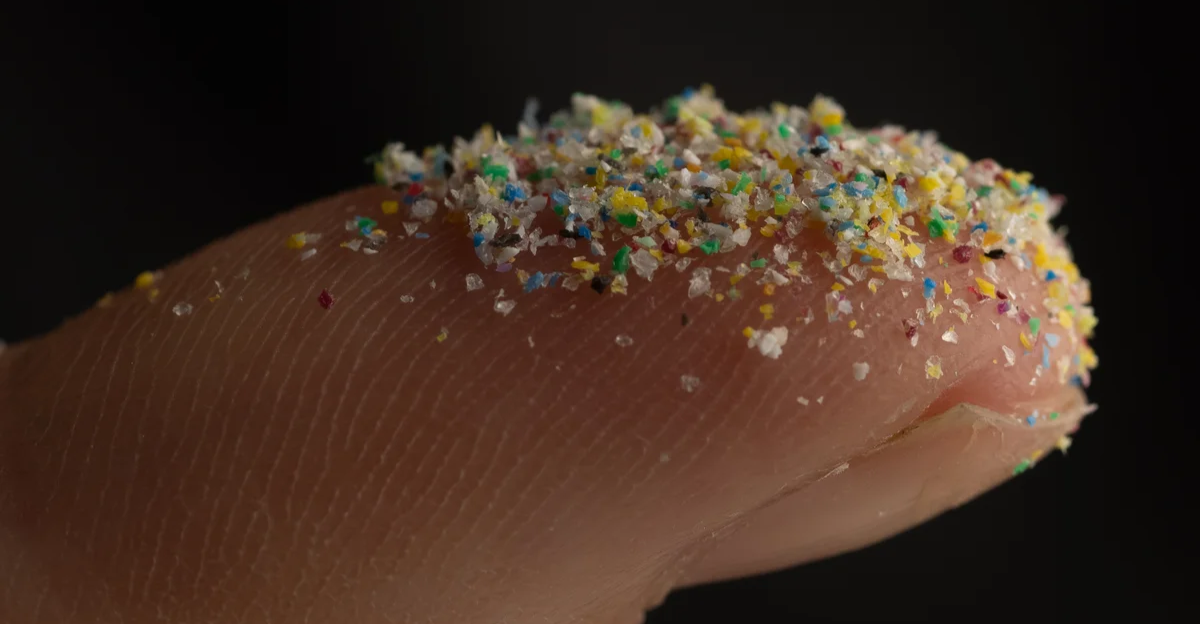
Fish often consume microplastics, mistaking them for food. This ingestion can cause internal injuries and expose fish to toxic substances, potentially affecting their survival and reproductive success.
Marine Mammals: Entanglement and Ingestion
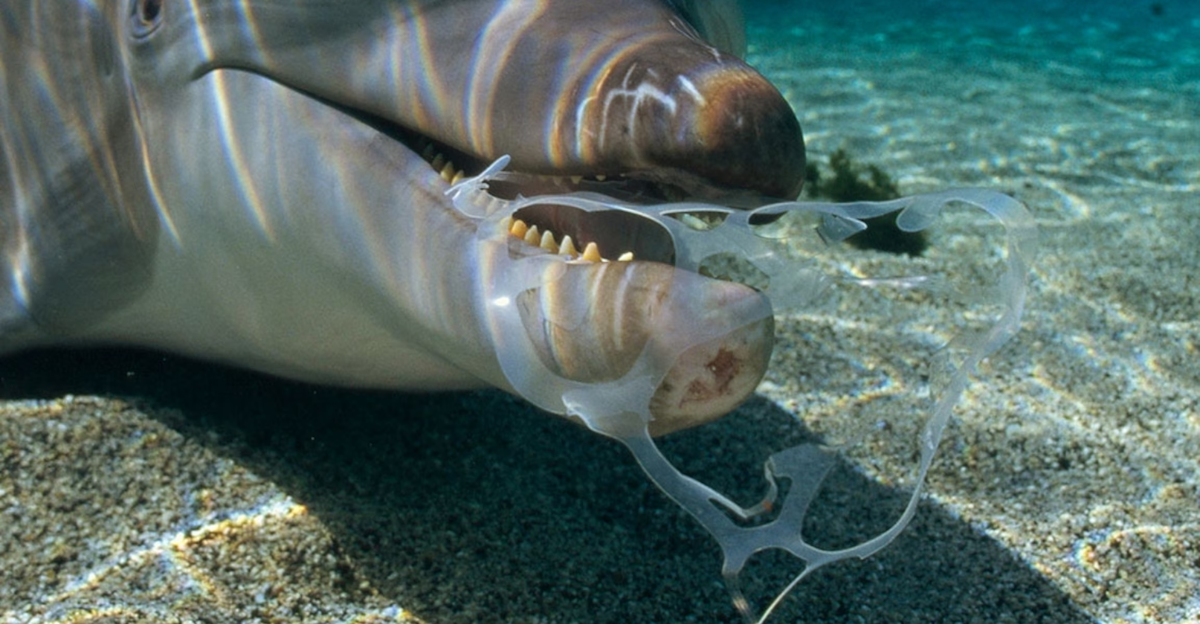
Marine mammals, such as dolphins and seals, face threats from both entanglement in plastic debris and plastic ingestion. These interactions can lead to injuries, impaired mobility, and even death, impacting population dynamics.
Terrestrial Animals: Plastic in Land Habitats

Plastic pollution is not confined to aquatic environments; terrestrial animals also encounter plastics in their habitats. Ingestion of plastics by land animals can lead to health issues and influence feeding behaviors, with potential evolutionary implications.
Microplastics: Invisible Threats

Microplastics, tiny plastic particles, are ingested by various organisms, from plankton to larger animals. This widespread ingestion can disrupt physiological processes and lead to evolutionary changes.
Pathogen Transmission: A New Vector
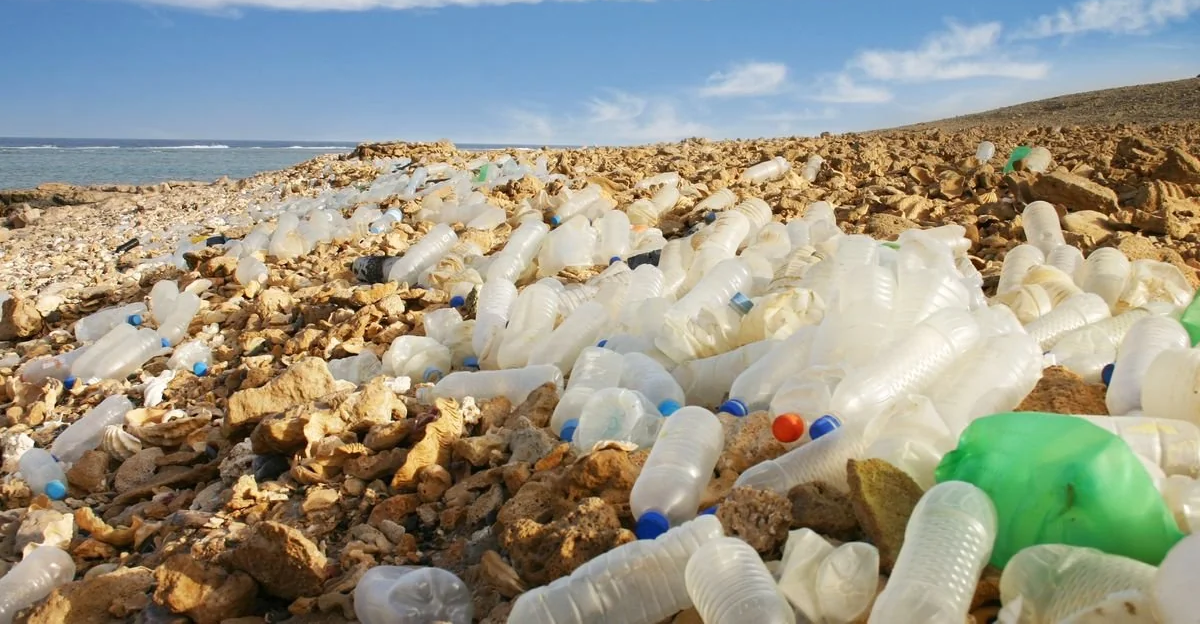
Plastic debris can be a vector for pathogens, facilitating their spread across ecosystems. This interaction can lead to new health challenges for wildlife and potentially drive evolutionary responses to emerging diseases.
Antibiotic Resistance: An Unseen Consequence
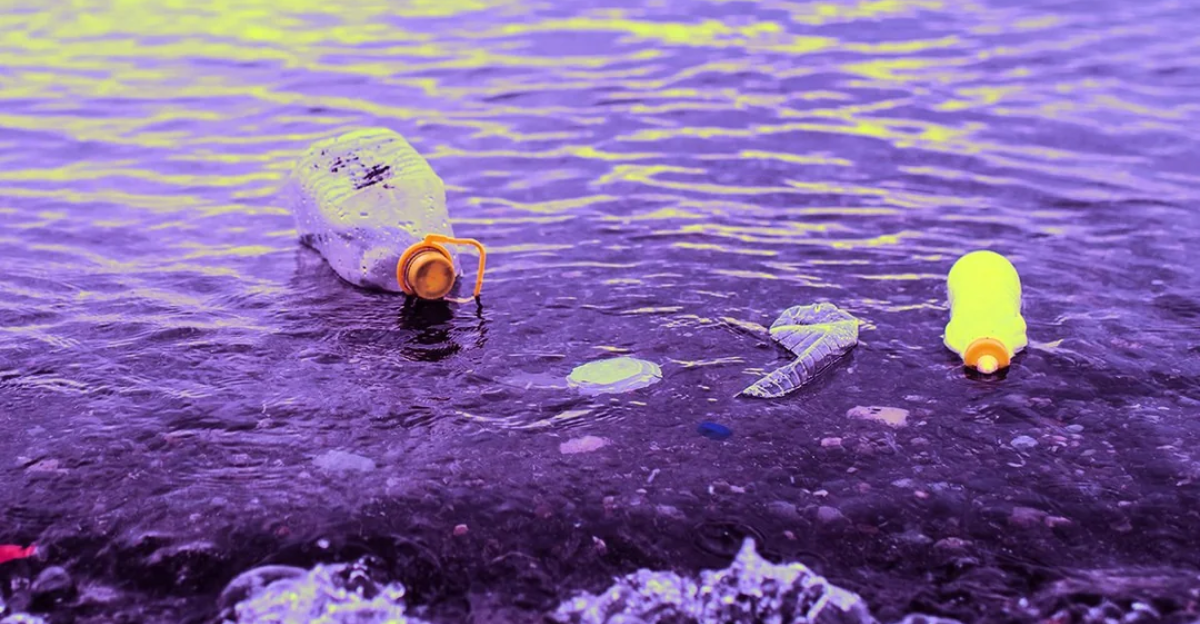
Plastics in environments can contribute to the spread of antibiotic-resistant bacteria. This phenomenon poses significant health risks to wildlife and may influence evolutionary pathways related to disease resistance.
Behavioral Adaptations: Coping Mechanisms
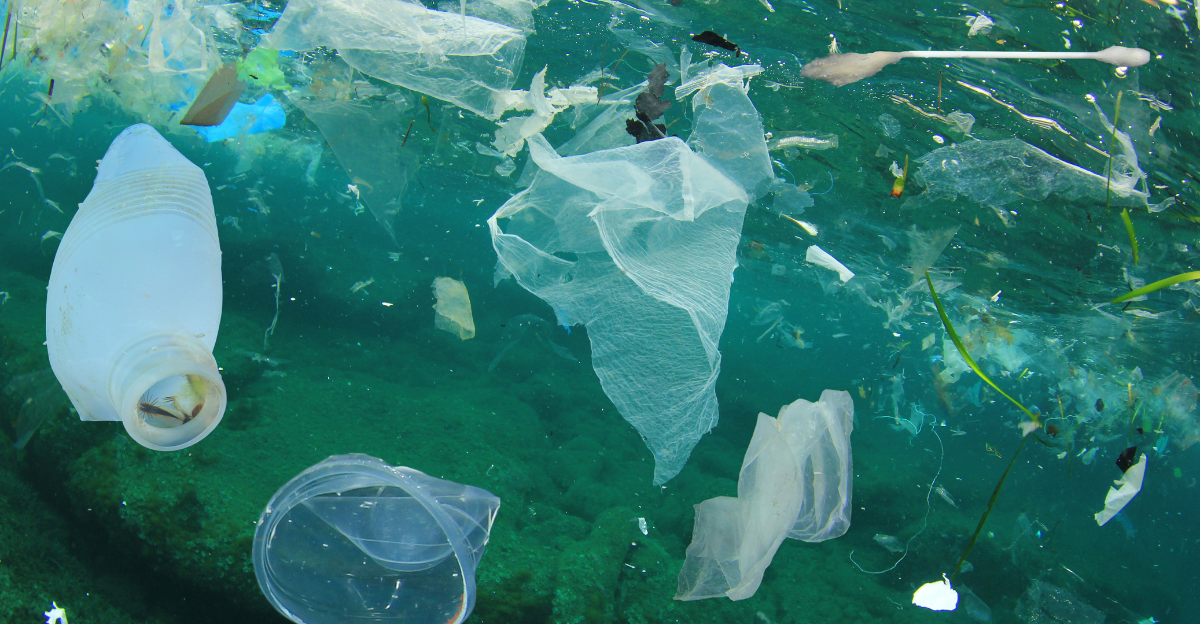
Some species may develop behavioral adaptations to cope with plastic pollution, such as altering feeding strategies or habitat use. These changes can have cascading effects on ecosystems and evolutionary processes.
Genetic Adaptations: Evolution in Action
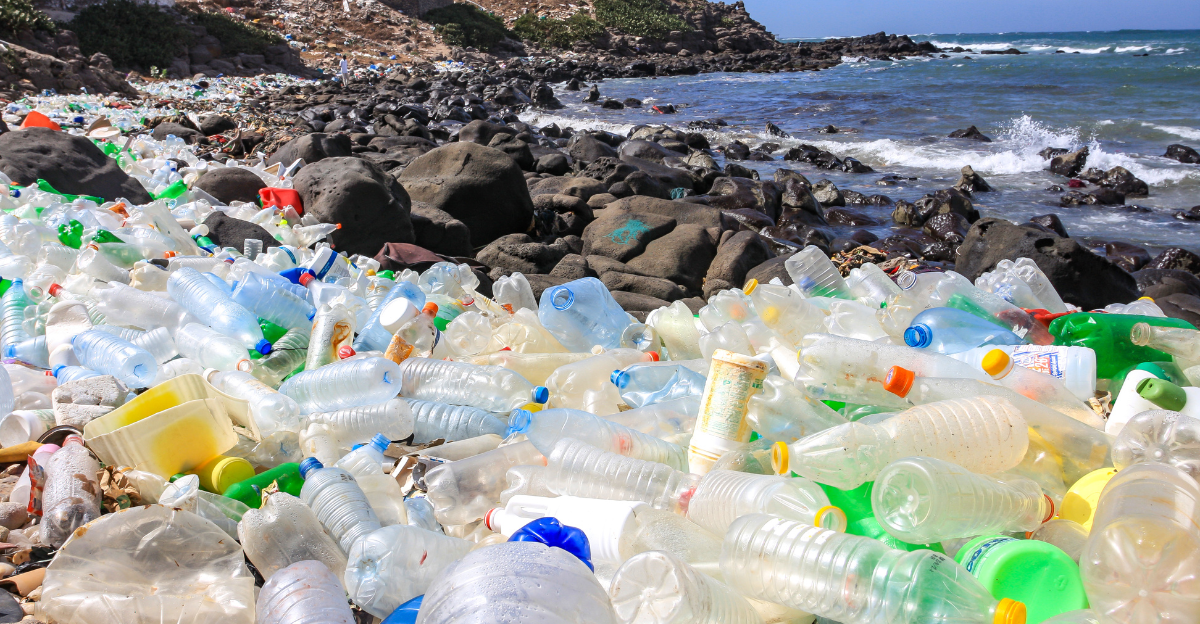
Over time, genetic adaptations may arise in populations frequently exposed to plastic pollution. These adaptations could involve detoxification mechanisms or changes in sensory perception to avoid plastics, reflecting evolutionary responses to environmental pressures.
The Future of Evolution in a Plastic World

Plastic pollution is a powerful force influencing the evolution of various species. Recognizing and mitigating these impacts is essential for preserving biodiversity and maintaining ecological balance in the face of ongoing environmental change.
Explore more of our trending stories and hit Follow to keep them coming to your feed!

Don’t miss out on more stories like this! Hit the Follow button at the top of this article to stay updated with the latest news. Share your thoughts in the comments—we’d love to hear from you!







